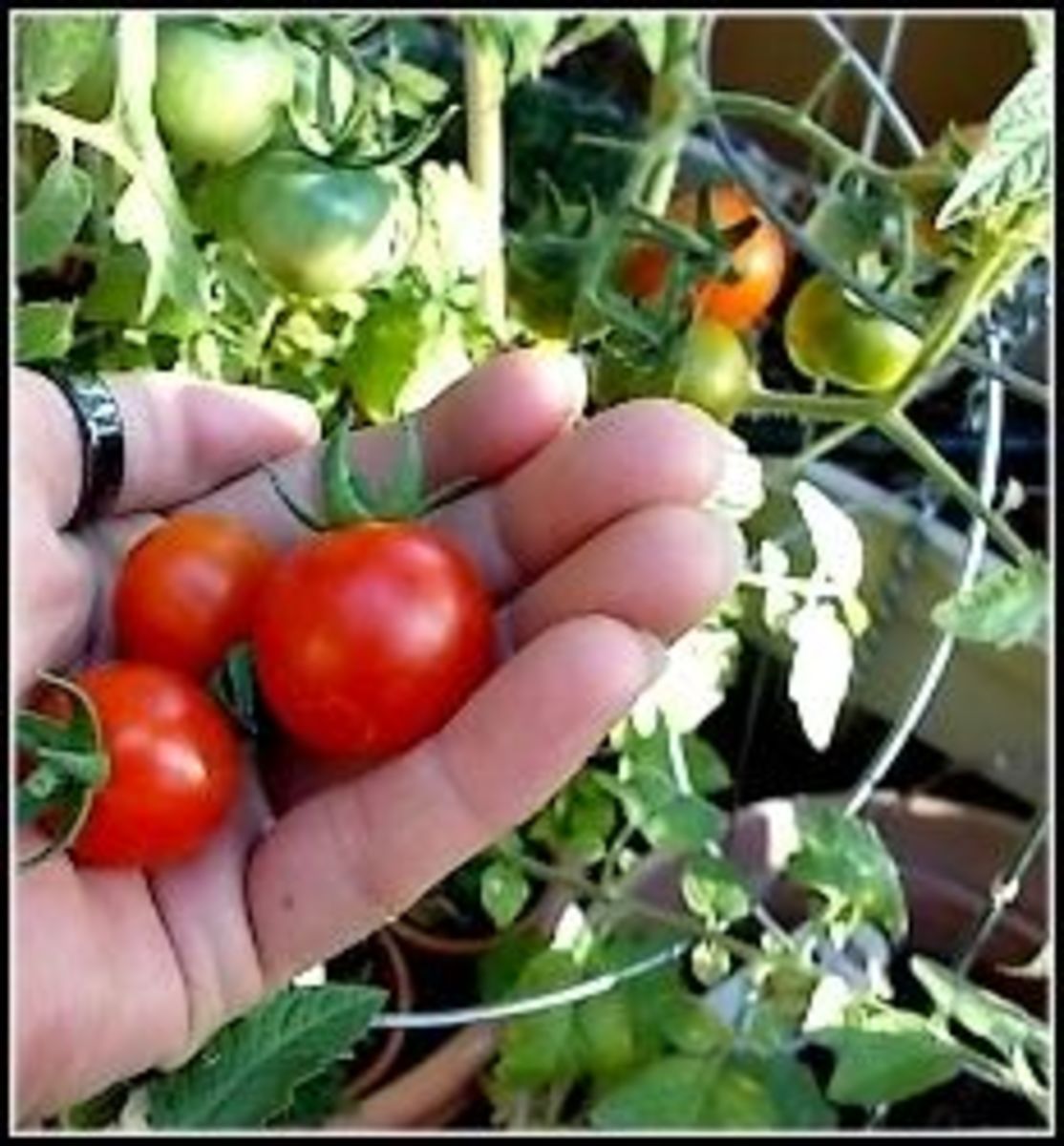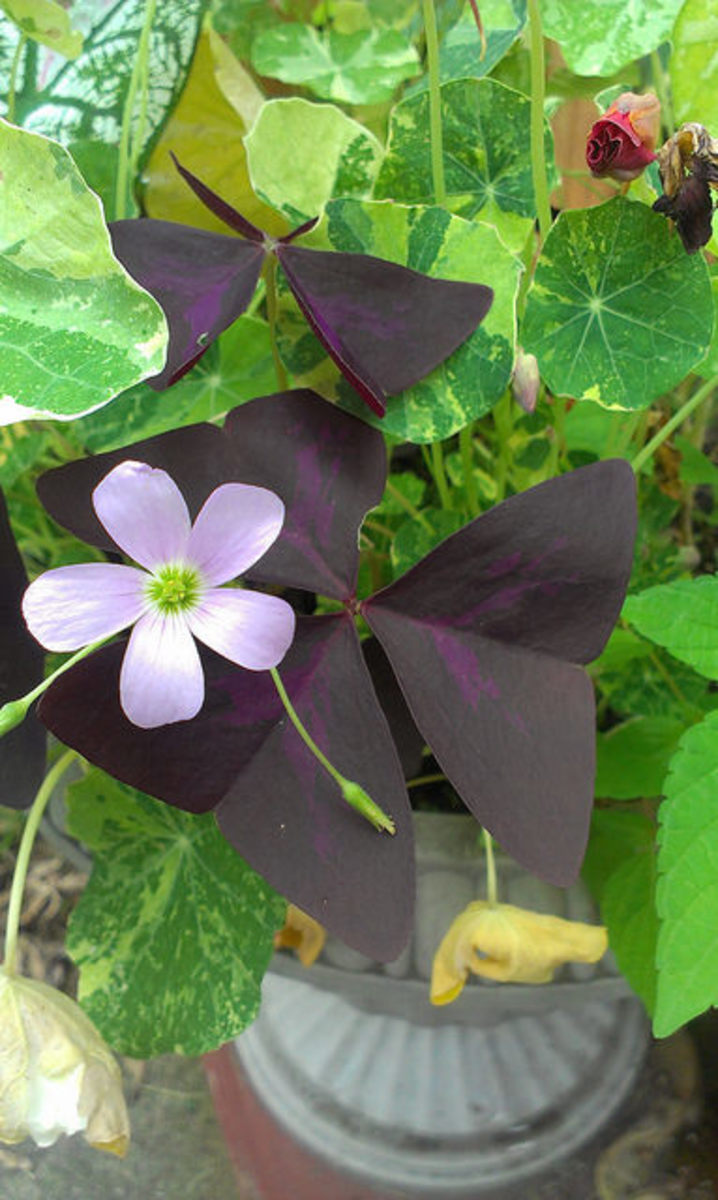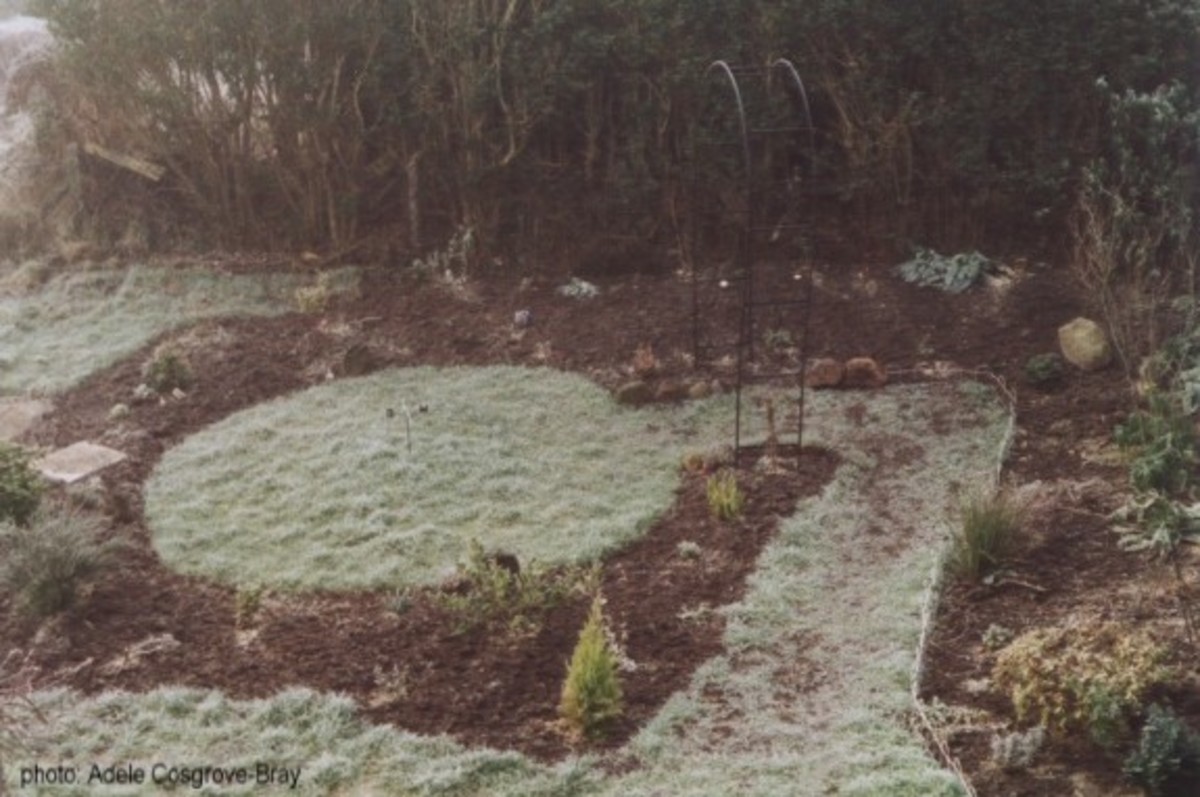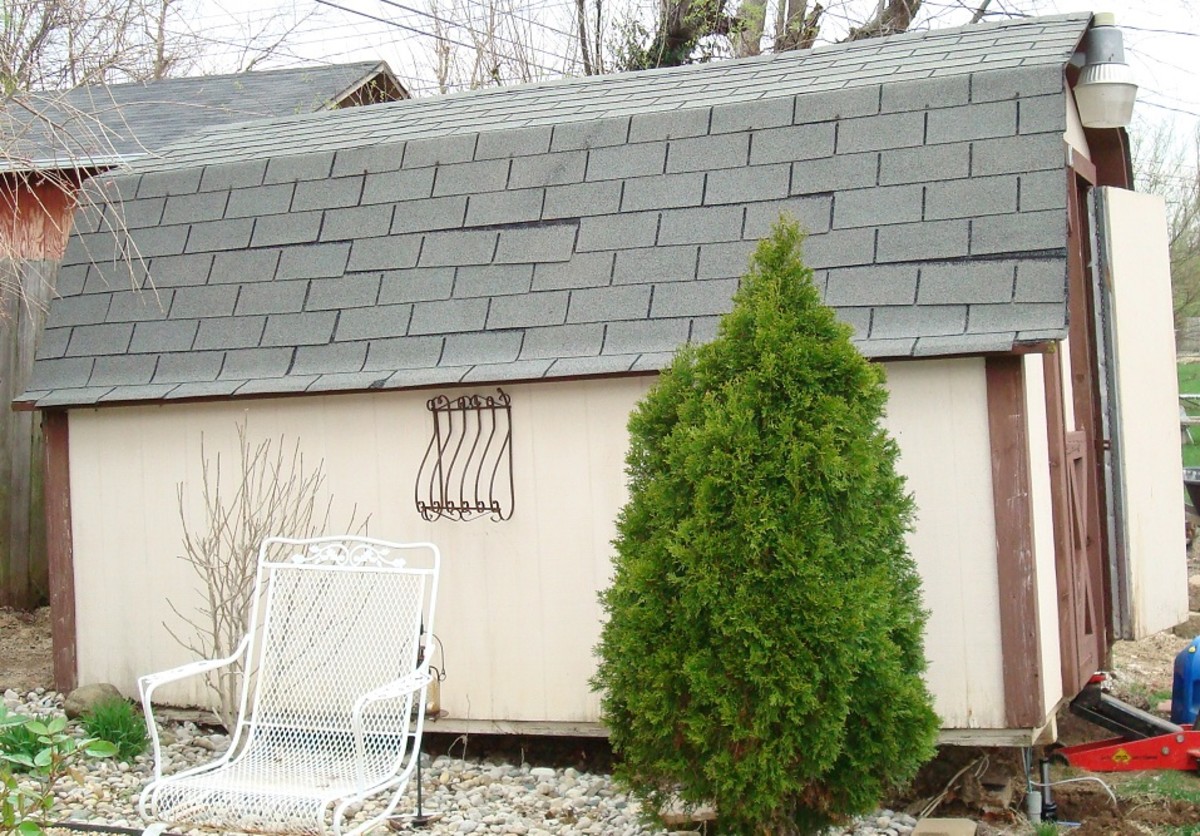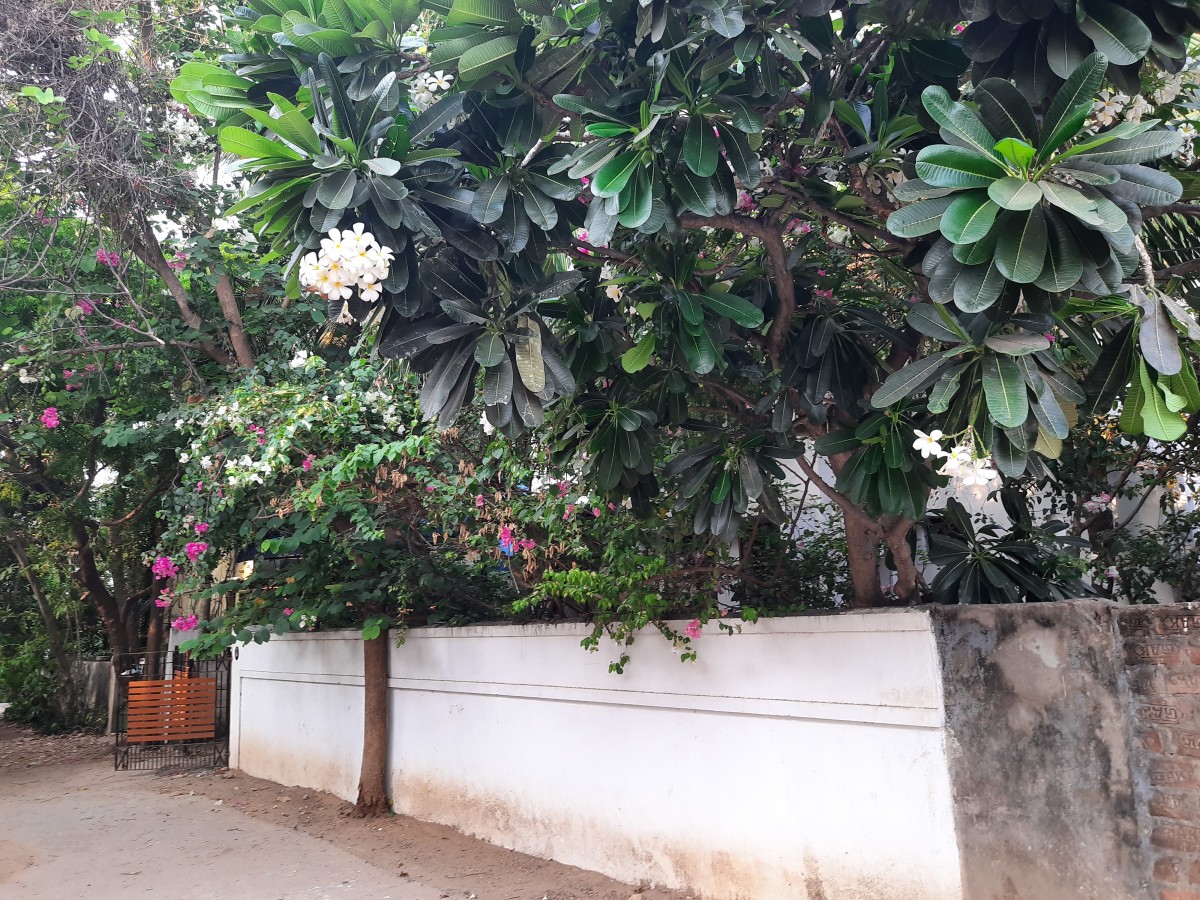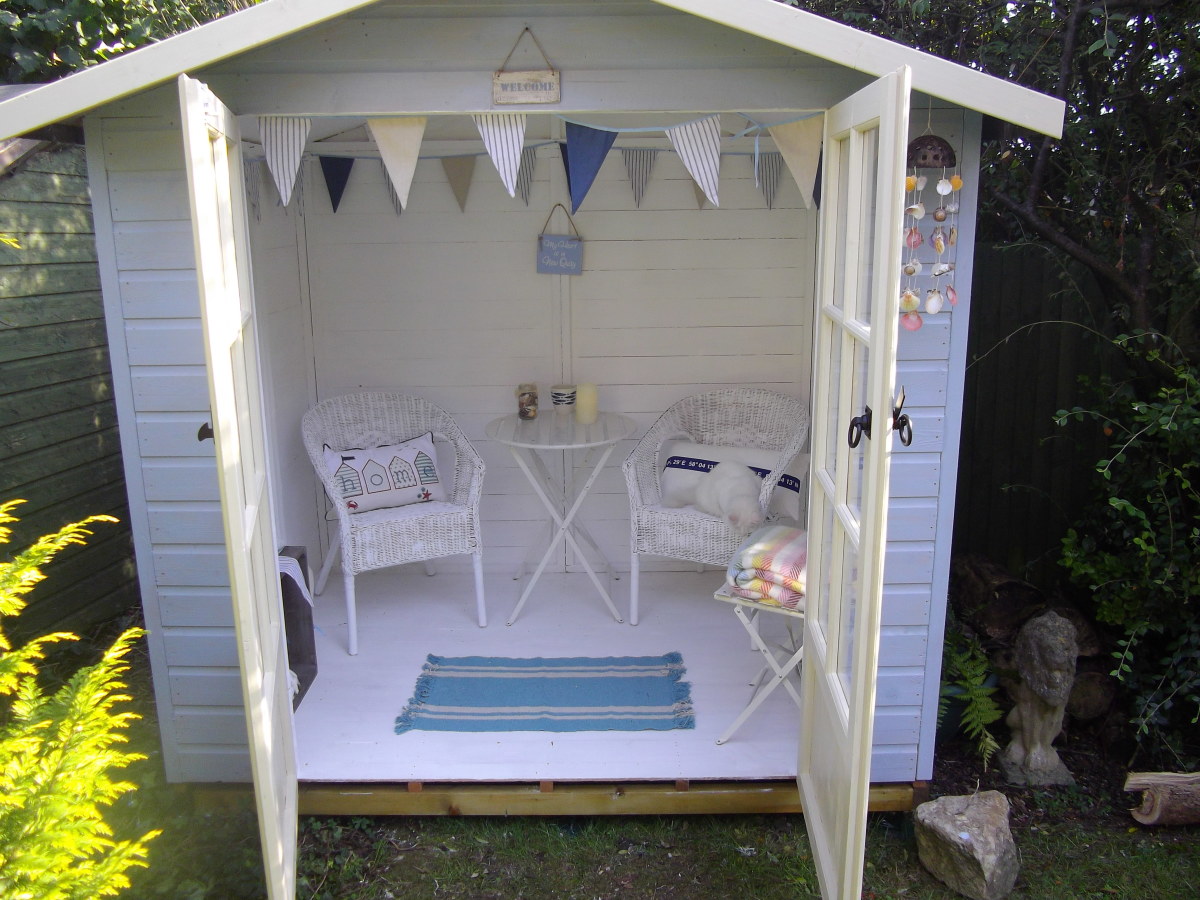Shade Gardening-101
A Definitive Guide to Shade Gardening
While it is true that a majority of ornamental plants and nearly all edible plants are best suited to full sunlight conditions, there are many others that are naturally adapted to forests and low-light conditions. But there's far more to a successful shade garden than simply choosing from a list of shade-adapted species.
The basic principles of gardening still apply, and your goal is to strive for a less energetic balance that will produce a pest and trouble-free community of plants. This is true across the board, no matter which of the 12 plant zones that cover the vast breadth of North America from Northern Canada to Southern Mexico.
Gardening Soil Conditions in Shady Garden Areas
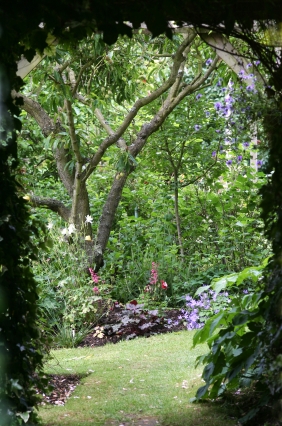
The soil in your shady patch may need a considerable amount of work before it can support newly transplanted plant life of any kind. This is especially true under trees that are very routinely manicured, with leaf litter removed each year. You can tell when you've run into such soils when it's nearly impossible to dig in them while the rest of your yard is relatively trouble-free to spade. It is common to find a mass of fine, white roots and a light-colored humus.
Such areas are deficient in the rich, organic matter that maintain a buffered balance of nutrients. They are also zones of poor water conditions, with the tree above “stealing” all the surface water that young plants need. There are two important ways to address this.
- The first is to increase the amount of organic matter in about the first half foot (15cm) of soil that young roots will initially establish themselves in. In most cases, the best way to do this is to carefully loosen up the first few inches (5cm) of soil and to top that with about 4 inches (10cm) of compost. You can add to this by allowing leaf litter to accumulate and compost on the site. Within a few years, you'll have a rich bed started that will support a wide variety of shade-loving and shade-tolerant plants.
- The second is to install a temporary irrigation system in the garden. This will deliver the water your plants will need on a daily basis without drowning them. Drip irrigation on a timer is perhaps the best way to accomplish this with the least amount of intervention on your part. Micro-emitters are also a good choice. You should expect to keep this system in for about two years from the date of your last planting and even longer for plants that share a root zone with a shallow-rooted tree such as maple or willow.
How To Test Your Garden Soil
Fertilization And Plant Establishment In Shade Gardening Zones
Establishing a good bed with high quality soil goes a long way toward providing high-quality plant nutrition. However, you should expect to add some nutrients in the first few years. While a soil test (offered at little or no cost from most state and provincial extension services) is highly recommended as a starting point for your efforts, you can also proceed by examining the existing plant community in your shaded area.
If, for instance, the area is dominated by sedges and mosses, you can take this to mean that the area is moist for much of the year. This means that soil conditions will likely be acidic and low on nitrogen. By the same token, if the soil supports only a few scraggly succulents, your soils may be alkaline and at least mildly sodic (full of salts), putting calcium and magnesium in rather short available supply.
Your goal is to create a soil that is high in organic matter but also, has a relatively neutral pH. This will allow for good aeration of the root zone as well as an environment that allows mineral nutrition to be “available” for your plants to take up – important metals such as zinc and iron are made unavailable in soils that are too acidic.
The addition of agricultural lime is a good option for all but the most alkaline soils. In areas where the pH is well above 7.5 or so, gypsum (hydrated calcium sulphate) is another good source of calcium that loosens the soil and adds calcium. If you have the time to check anything out when preparing the soil, check the pH and the total amount of salts present with an EC (electrical conductivity) reading, available from many home garden stores.
It is also a good idea to assume that the big three nutrients of nitrogen, phosphorous and potassium (N-P-K) are lacking for the best results. While chemical fertilizers can very often be far too “hot” for shady zones, a balanced organic fertilizer (8-5-5, for instance) rarely runs this danger. Apply this in granular or pelleted form a month or so before you begin planting in the Springtime by working it into the already amended soil.
Fertilizers such as blood meal or manure may be too high in nitrogen for a shade garden, causing lush but pest-attracting growth. It's always easier to simply add a bit of fertilizer later in the season as “top dressing” rather than trying to irrigate away an overabundance.
A SELECTION OF SHADE GARDENING GOOD PLANTS Salal - Gaultheria Shallon
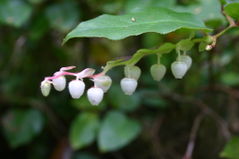
Autumn Crocus - Colchicum Autumnale
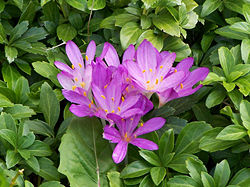
Panax Quinquefolius
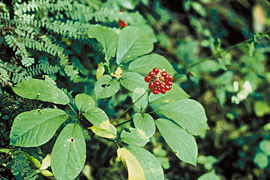
Deep Shade Versus Light Shade - Not All Shade Gardening is the Same!
Not all shade is created equal. While vegetable and many bedding plants require at least 4 hours of good quality sunshine per day, the shade in your new garden may be filtered, partial or deep. There are several shade-tolerant plants that will do well in the first two that simply won't thrive in deep-shade conditions.
It's best if you're able to keep an eye on the space over the course of a year before you begin planning a shade garden. Often, areas that are in deep shade throughout the winter will have a surprising amount of light during the growing season due to the relative angle of the sun. By the same token, if your garden is beneath a deciduous tree or shrub that looses its leaves early in the season, a plant that does much of its growth in the early or late season may be ideally suited to those periods of semi-shade.
Any area that receives no direct sun whatsoever is considered to be deep shade, even if the reflected light is fairly bright. This includes the north side of houses and garages as well as areas under the canopy of thick trees. If your garden is to be planted in the deep shade of a tree, you may be able to increase the light penetration by doing a bit of pruning on the lower limbs. This will decrease competition and remove less productive limbs from the tree.
The Shade Garden
Vinca (Periwinkle)
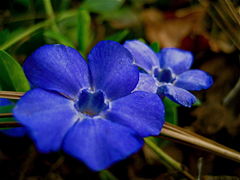
Highbush Cranberry
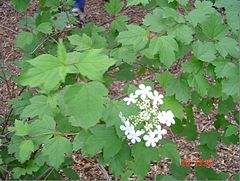
Hemerocallis Tom Collins
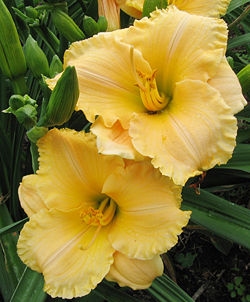
Choosing Suitable Plants for Shade Gardening
Now for the fun part: planning and designing your shade garden. Check first to see what plants are native to the wooded areas near your garden. If you live in an area without woodlands, look for the native plants that thrive in canyons and with underground storage organs. Nurseries that specialize in native plants will have a great many species you can choose from.
There are also a great many cultivated varieties of plants that have been bred to tolerate shade conditions. These tend to do best in filtered sun or partial shade, though others are derived from plants that occupy the under story of forests in other places. Plants that tend to be variegated are very often well-adapted to full or partial shade conditions.
Lastly, make sure you know what plant hardiness zone you live in. No matter whether they're in sun or shade, if it gets too cold for your plants to survive the winter, it won't make any difference when they fail to come up in the spring. The USDA has issued a map of hardiness zones that indicate the lowest temperature that your area averages based upon many years of local weather records.
The rest is design, which takes into account the color and texture of leaves as well as the color and bloom time of flowers. Some shade plants even keep brightly colored berries on well into the winter, depending upon your winter conditions. It is often a good idea to mix up plants that will have crinkled or shiny leaves with those that will be flowering.
Ideally, your shade garden will have some color throughout the year with some careful planning. Keeping an eye on the plants that other people are successfully growing in your area is also a good idea. You can even keep a journal of when those plants are flowering to keep track of everything.
What follows is a rather brief list that includes some of the more common genera and species of plants that are commonly found in shade gardens. Be sure to check to see the specific tolerances and requirements of specific species and cultivars before choosing it for your new garden.
Holly (Ilex)
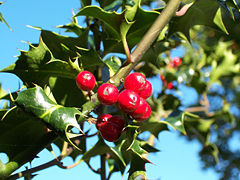
Hydrangeas
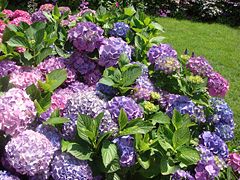
Shrubs And Small Trees suitable for Shade Gardening
One of the best loved classes of shade plants are the venerable shrubs and woody perennials that thrive in under story conditions beneath larger trees.
- Rhododendron
- Azalea
- Tea
(Camellia sinensis) - Salal,
wintergreen
(Gaultheria spp.) - Snowball
bush
(Hydrangea spp.) - Holly
(Ilex spp.)
Phlox Subulata
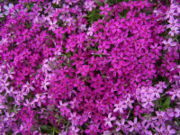
Monarda
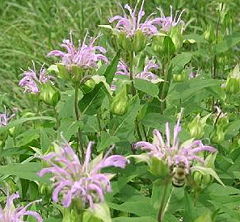
Ajuga Reptans
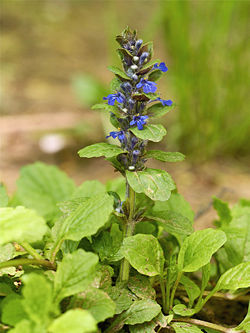
Herbaceous Perennials for Shade Gardening
Perhaps the largest class of shade plants that will tolerate both deep and partial shade are the herbaceous or non-woody perennials. These can be found in all different plant zones and include a vast sampling of plants.
- All
types of hosta lily
(Hosta spp.) - Coral
bells or Alumroot
(Heuchera spp.) - Astilbe
(Astilbe spp.) - Woodruff
(Galium odoratum) - Ferns
(many genus) - Mosses
(many genus) - Foxglove
(Digitalis purpurea) - Japanese anemone
(Japonica spp.) - Virginia bluebell
(Mertensia virginica) - Creeping phlox
(Phlox subulata) - Periwinkle
(Vinca spp.) - Impatients
(Impatiens spp.) - annual in many areas - Bugleweed
(Ajuga spp.) - Hellebore
(Helleborus spp.) - Bee balm or bergamot
(Monarda spp.)
Sumac Fruit
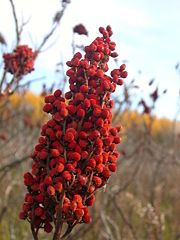
Ribes Rubrum (redcurrant)
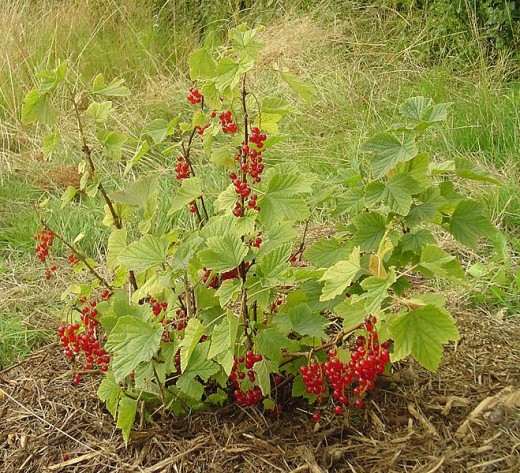
Edible Shade Garden Crops
While most edible crops do require full sun to do their best, there are a few plants and plant-like crops that can be brought to bear in full or partial shade.
- Thimbleberry
(Rubus parviflorus) - Currants
(Ribes spp.) - Mushroom
logs
(shitake, crimean, oyster, etc...) - Blackberry
or dewberry
(Rubus spp.) - Wild
ginger
(Asarum caudatum) - Sumac
(Rhus spp.) - Highbush
cranberry
(Viburnum trilobum) - Ginseng
(Panax spp.)
Lily of the Valley
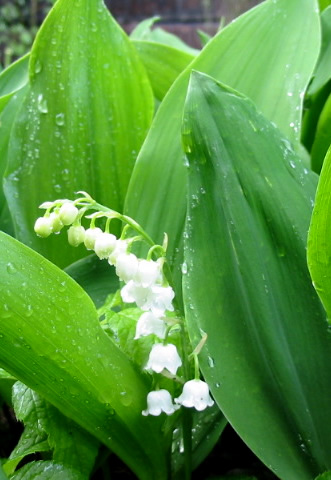
Bulbs, Corms, Tubers and Pips for Shade Gardening
These plants have only a short period where they are actively photosynthesising, spending the rest of the year as an underground storage organ that takes several different forms. Often, they are all simply referred to as “bulbs” though this is often not botanically correct.
- Lily
of the Valley
(Convallaria majalis) - Grape hyacinth
(Muscari spp.) - Orchids
(Orchis genus) - Bleeding
heart
(Dicentra spp.) - Day lilies
(Hemerocallis spp.) - Autumn crocus
(Colchicum autumnale)
Gardening Tips : Which Flowers Grow Well in the Shade?
Recommended Reading
Web-Sites For Further Reading About Shade Gardening
- Taylor's guide to shade gardening By Frances Tenenbaum, Steve Buchanan (on Google Books)
This freely available book excerpt gives sound and practical advice for implementing an IPM (integrated pest management) strategy in your shade garden - Uncovering Ground Covers for Shade - The Homeowner\'s Column - University of Illinois Extension
If low-maintenance is your speed, you might want to consider a simple ground cover. This guide gives spacing and plant recommendations suitable for temperate zones - NAC | Farming Exotic Mushrooms
Not strictly a plant, mushrooms love shaded areas and can produce a massive amount of fruit over their 3-5 year lifespan. This guide outlines everything you'll need to know to inoculate and cultivate your own exotic mushrooms - Japanese Zen Gardens - Moss Acres Japanese Zen Gardens
This commercial site offers plenty of good ideas about how to create a moss garden suitable for even very deep and moist shade conditions - Perennials for Shady Areas - Free Download
A freely available publication from the University of Iowa that outlines many of the shade-loving perennials that are also hearty to USDA zones 3-5 - Shade gardening
Also from Colorado State, this overview and list of suitable plants covers typical high-desert and semi-arid conditions for shade gardens. There is also a list of annual plants, ground covers and grasses that are shade tolerant - Shade Gardens
A very good overview of the principles behind shade gardening from the University of Rhode Island - Native shade garden landscape design: Minnesota DNR
There are many native plants that are well-suited to shady areas in harsh, Mid-western climates. This guide from the University of Minnesota gives an example plan and many good ideas to start your own cold-zone shade garden - Shade Garden perennials
The Colorado Extension Service offers this list of plants that are suitable for xeric (drought-prone) environments as well as shady areas - Gardening in the Shade - A Guide to Selected Resources: Science Reference Guide - Science Reference
A wealth of documents and links to information about shade plants and shade garden design, brought to you by the US Library of Congress - Lesser Known Shrubs Offer Beautiful Flowers and Shade Tolerance - The Homeowner\'s Column - Universi
This site has a listing of some of the lesser-known shrubberies that are shade and frost hearty




